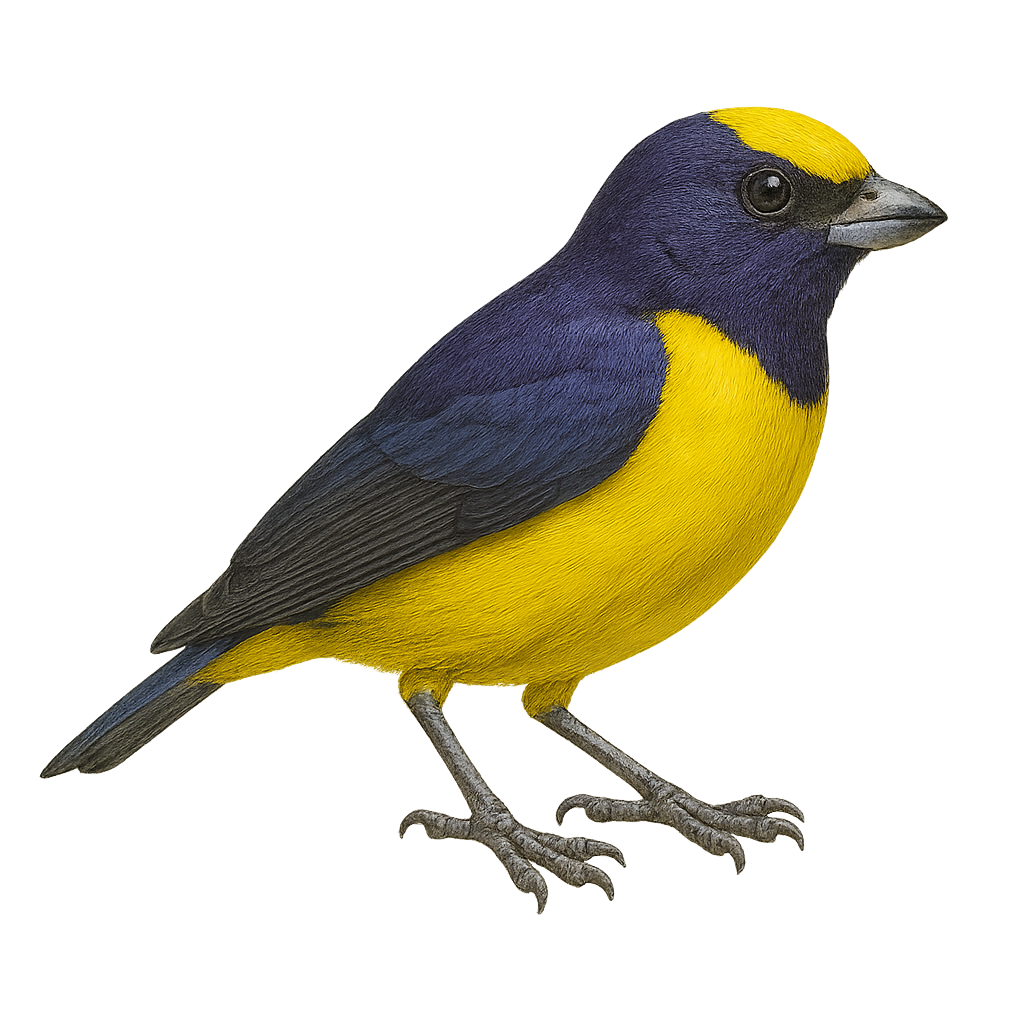Your wildlife photography guide.
Explore the thick-billed euphonia in detail, study its behavior, prepare your shots.
Where to observe and photograph the thick-billed euphonia in the wild
Learn where and when to spot the thick-billed euphonia in the wild, how to identify the species based on distinctive features, and what natural environments it inhabits. The WildlifePhotographer app offers tailored photography tips that reflect the thick-billed euphonia’s behavior, helping you capture better wildlife images. Explore the full species profile for key information including description, habitat, active periods, and approach techniques.
Thick-billed Euphonia
Scientific name: Euphonia laniirostris

IUCN Status: Least Concern
Family: FRINGILLIDAE
Group: Birds
Sensitivity to human approach: Suspicious
Minimum approach distance: 10 m
Courtship display: March to July
Incubation: 14-16 jours
Hatchings: March to August
Habitat:
Tropical forests, subtropical forests, forest edges
Activity period :
Primarily active during the day, with peak activity in the morning and late afternoon.
Identification and description:
The Thick-billed Euphonia is a small, colorful bird belonging to the Fringillidae family. It is primarily found in the tropical and subtropical forests of Central and South America. This bird is distinguished by its vibrant plumage, featuring shades of blue, yellow, and green. The male displays more brilliant colors compared to the female, which is generally duller. The Thick-billed Euphonia is known for its robust beak, adapted to its diet mainly consisting of fruits and berries. It plays a crucial role in seed dispersal, thus contributing to forest regeneration. Its melodious song is often heard at dawn and dusk, adding a harmonious touch to its natural habitat.
Recommended lens:
400 mm – adjust based on distance, desired framing (portrait or habitat), and approach conditions.
Photography tips:
To photograph the Thick-billed Euphonia, it is advisable to use a 400mm or longer telephoto lens to capture precise details without disturbing the bird. Look for it early in the morning or late in the afternoon when the light is soft and the bird is more active. Be patient and discreet, as this bird can be suspicious. Use a tripod to stabilize your camera and achieve sharp images. Try to capture the bird feeding or singing to add dynamism to your photos.
The WildlifePhotographer App is coming soon!
Be the first to explore the best nature spots, track rutting seasons, log your observations, and observe more wildlife.
Already 1 431 wildlife lovers subscribed worldwide

